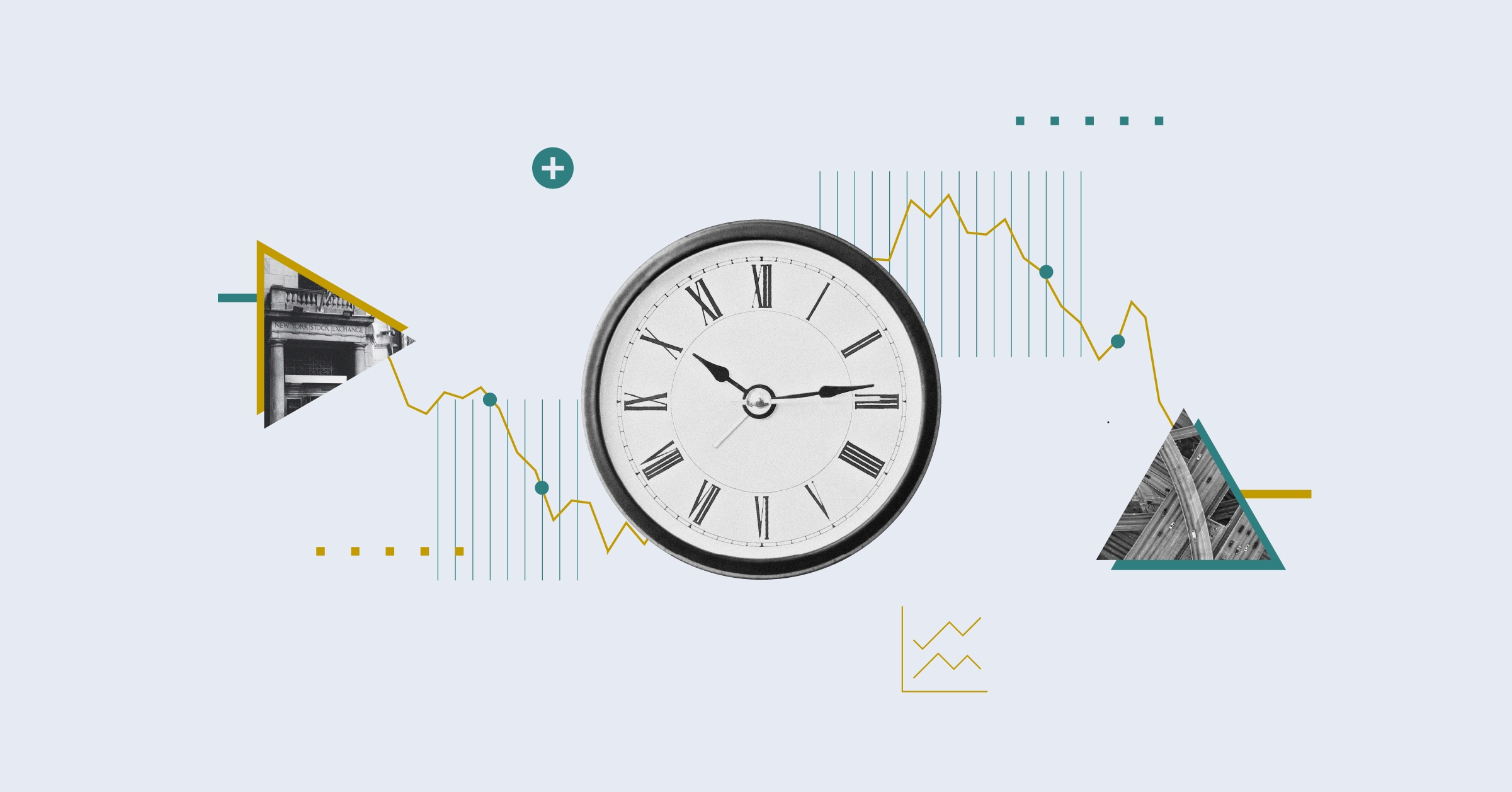Is your portfolio earning you the best possible rate of income? Are you prepared for this year's interest rate rise? We show you how to maximise yield and where to find dividend payers in our Guide to Income Investing.
Of the major currencies sterling stood out once again in January as it continued its relapse with the Bank of England’s broad effective exchange falling 3.5% over the month. It hit a near seven year low against the dollar reaching £/$1.408 before rallying modestly into month end, albeit still down 3.3%. Additionally, at one stage sterling had dropped by nearly 7% against the yen.
That sterling has continued to decline so substantially, even as further easing was announced by the Bank of Japan, and is expected from the European Central Bank and while the Fed looks set to delay rate rises amidst slowing growth, is testament to the current sentiment towards sterling.
Rate rises being priced out till 2017 in the UK, weak export performance and Brexit, among other factors have all contributed to speculators nearly doubling the net short position during January to its highest since mid-2013.
Equity Markets Rebound, Slightly
Despite significant rebounds from the lows, the damage suffered by equity markets in January was sufficiently severe, for the MSCI AC World Equity index to have still declined by 5.5% over the month. Most leading regional indices ended with falls of around 5 to 6% with perhaps somewhat surprisingly the UK the best performer.
Any end-of-December bullishness was swiftly punctured by a Chinese stock market plunge and further worries that the Chinese authorities were devaluing the yuan. In addition, a further collapse in the oil price and generally weaker-than-expected economic data from a number of the major developed economies, only added to investor anxieties. With oil prices then dropping below $30, fears of a credit event, currency peg dismantling, forced sovereign wealth fund selling and emerging market credit concerns all combined to drive share prices even lower. This occurred when the “R” word, recession, was being dusted down and technically at a time when the main buyer of US equities, the corporate sector, was unable to engage in buy-backs during the results season.
With equities looking fairly fully valued as the year began investors, worried by the implications of unforeseen events, embraced a risk-off stance. Some of the fears were perhaps overstated and markets became oversold.
A surge in the oil price from $26 kick-started an equity rebound, despite a further Chinese stock market collapse, and the fundamentals from the results season caused a partial reassessment, generating a rally into month end.
That the UK outperformed was somewhat counterintuitive but reflected substantial prior underperformance and a very sizeable rebound in the oil and gas sector which soared 18% from its January 20 low, producing positive sector returns over the month led by a 6% gain in BP (BP.).
The UK also has a relatively high weighting in defensive stocks which also served to bolster returns with Imperial Tobacco (IMP), Unilever (ULVR), and Glaxo (GSK) all up 5% or so over the month. This also contributed to UK large caps generally outperforming, a trend not experienced elsewhere.
































